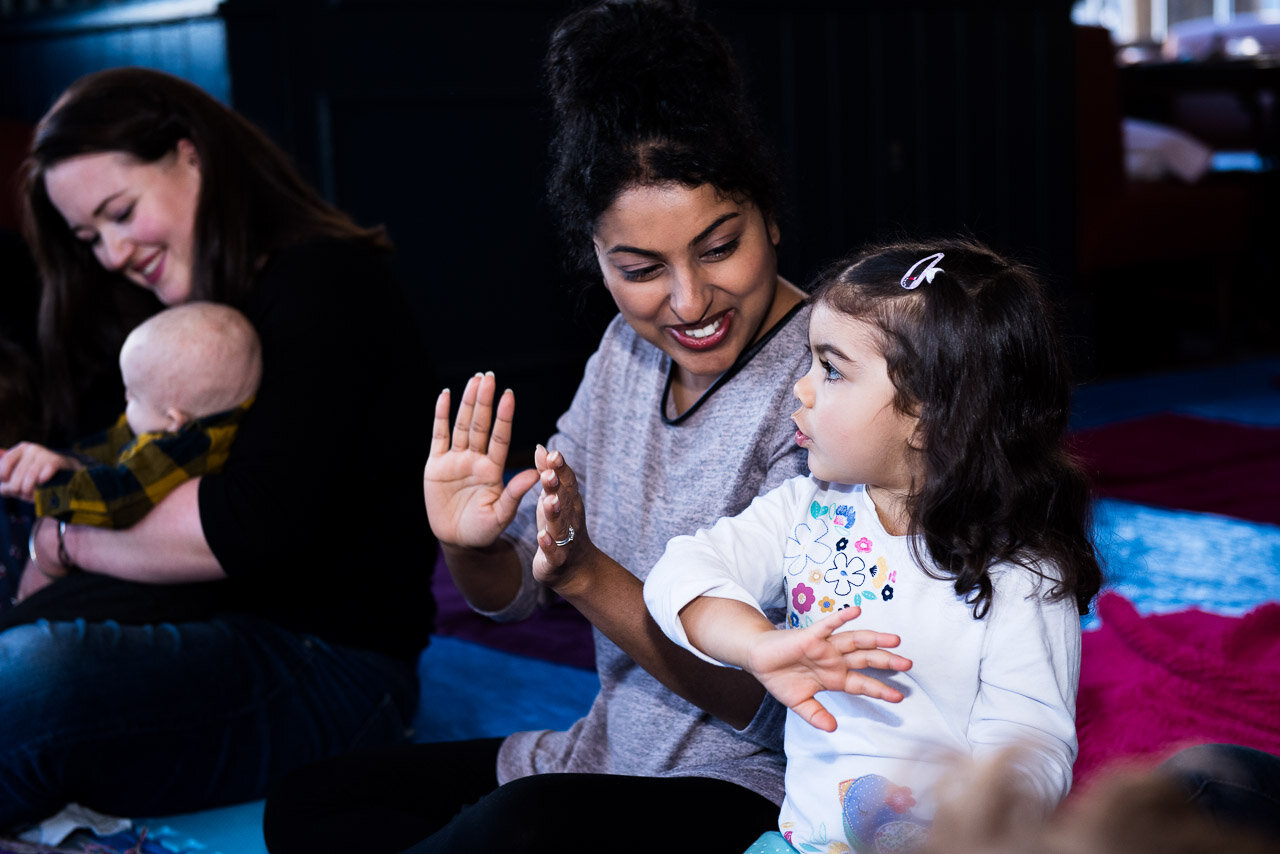What is Proprioception?
Perception or awareness of the position and movement of the body.
Proprioception is our body’s awareness of itself & its surroundings. We like to think of it as the movement sense. How we move our bodies, knowing where it is in relation to itself and other things and what grade of force we need to use for actions.
Here are some examples of how you use your proprioceptive sense in day to day activities:
Example one:
When writing with a pen on paper you know how firmly to push that pen against the paper so that it does not rip. This is also using the gross motor skill pincher grip.
Example two:
When walking towards a door you know when to lift your arms to push the door open rather than walking into the door, you also know how much force you need in your arms to open the door without slamming it open. This is also using your gross motor skills in your arms to push.
We are able to manoeuvre safely through our environment without bumping into things & without needing to look or consciously think about what we are doing.
The Proprioceptive sense determines your orientation, how fast you are moving, the direction you are going and with the use of your vision helps you to navigate around the space with ease.
Proprioception is essential in everyday movements. This is something that needs to be developed over time, Practising hand-eye coordination and motor skill activities is considered a proprioception exercise that can help develop the sense in young children.
How to work on your child’s proprioception
Encourage and assist in actions like rolling arms, pushing, pulling, lifting, hopping and rolling. These are all great ways to practise gross motor skills. Pinching (with crabby hands), holding items like maracas are great ways to practise fine motor skills.
You are able to start working on your baby’s proprioception from as early as 6 weeks old as we do in our Baby Massage Classes. In all of our classes there will be proprioceptive activities.
Here’s the science-y bit:
There are sensory receptors that are located in the inner ear, muscles, tendons and joints which detect changes in the position or movement of the body, they are called Proprioceptors. These receptors continuously send information to our brains.
Young children can be clumsy and uncoordinated as they learn about the world around them. In some cases this could suggest a Sensory Processing Disorder, accessing Sensory Play can help to develop this.
Conclusion
If you have concerns that your child may have proprioception issues, please seek help from a medical professional.


